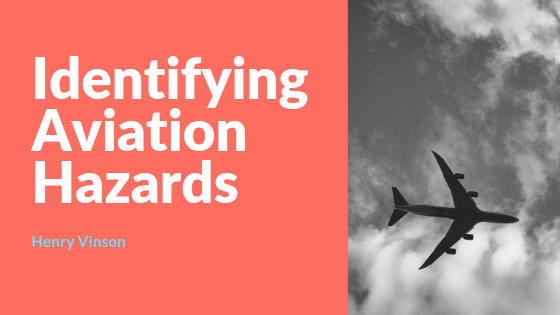As with all things, aviation comes with certain problems and dangers. Specific guidelines are used to describe aviation hazards. Continue reading to learn more about aviation hazards and how pilots deal with these issues.
What is a Hazard?
A hazard is defined as anything with the potential to cause harm. A hazard can be weather conditions, hardware problems, or a passenger on board. Anything that can cause injury, illness, or death is also considered a hazard. Things that may cause accidents are hazards as well.
There are protocols that all aircraft workers must follow when communicating hazards with each other. These protocols are called safety management systems, or SMS.
Identifying Hazards
Most of the common hazards are identified in the safety assessment portion of the Design and Certification process. This is an excellent source for anyone willing to learn more about aviation and the risks involved. Simply put, employees on an aircraft must follow these protocols precisely to guarantee the safety of everyone on board. Some of the activities included are safety reporting, safety surveys, and investigations into accidents.
The European Commercial Aviation Safety Team has its guideline material all about hazard identification. This is another good source for anyone wishing to learn more about aviation hazards. It provides those interested with information regarding techniques used to identify hazards aboard an aircraft. The document goes into detail, providing the pros and cons of each method and technique. However, there are only two primary forms of hazard identification: reactive hazard identification and proactive hazard identification. Reactive identification consists of being proactive after examining the cause of an accident, acting accordingly and ensuring the same accident doesn’t occur again. Proactive hazard identification consists of analyzing data in an attempt to take a preventative approach. These methods include safety surveys and audits.
Both types of hazard identification are used every day.
Types of Hazards
There are a total of 8 different factors involved in aviation hazards according to ICAO. These are design factors, procedures and operating practice, communications, personnel factors, organizational factors, work environment factors, regulatory oversight factors, and defenses.
Detecting hazards is a top priority for anyone working on an aircraft. Every detail of the aviation industry is geared towards discovering hazards. Everything from the hiring process to hardware design has hazard detection in mind.

